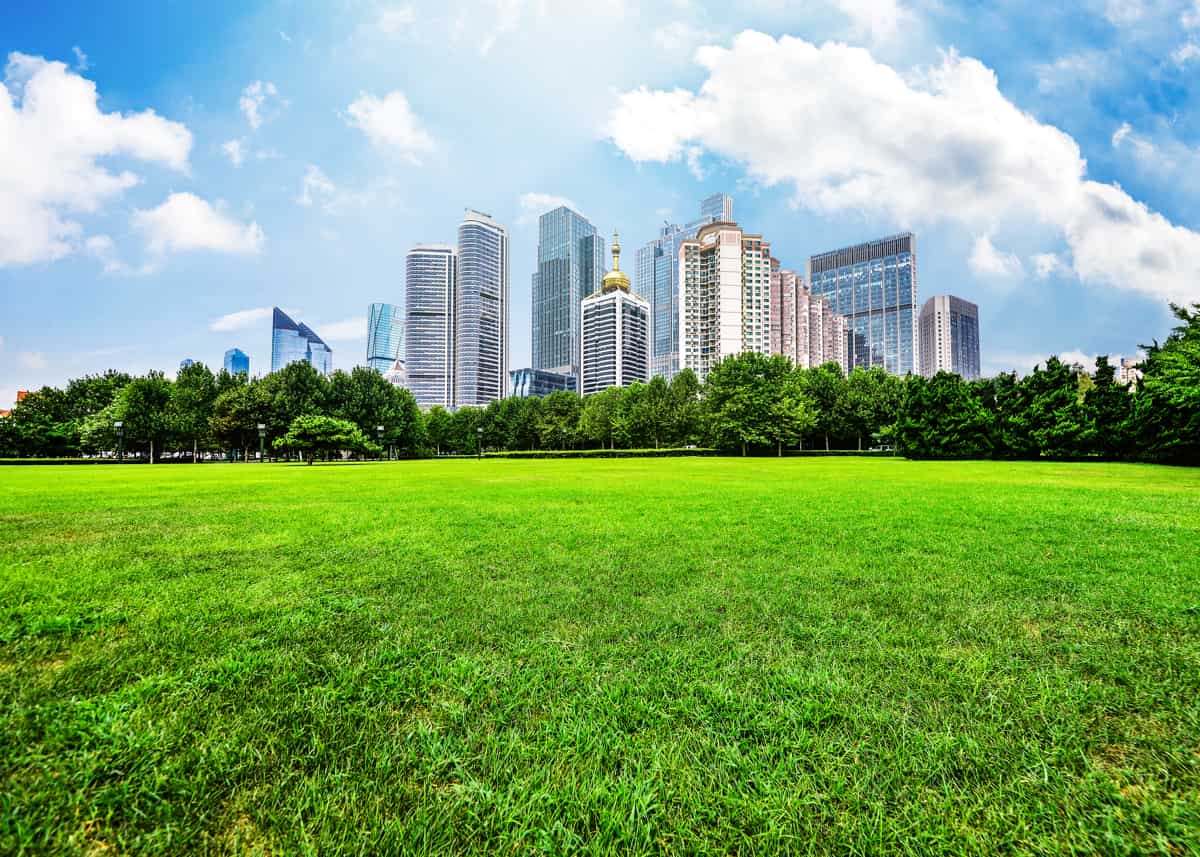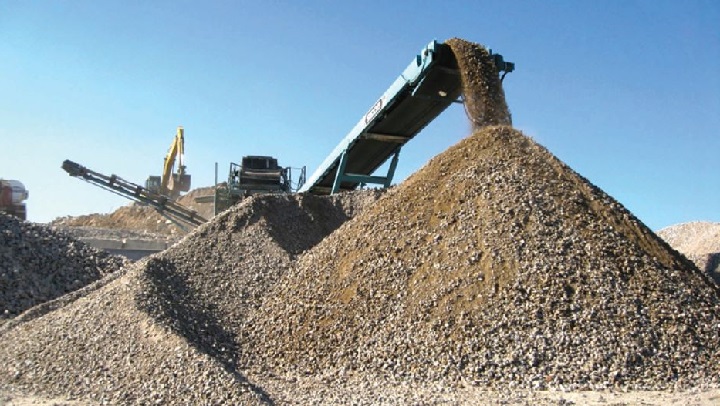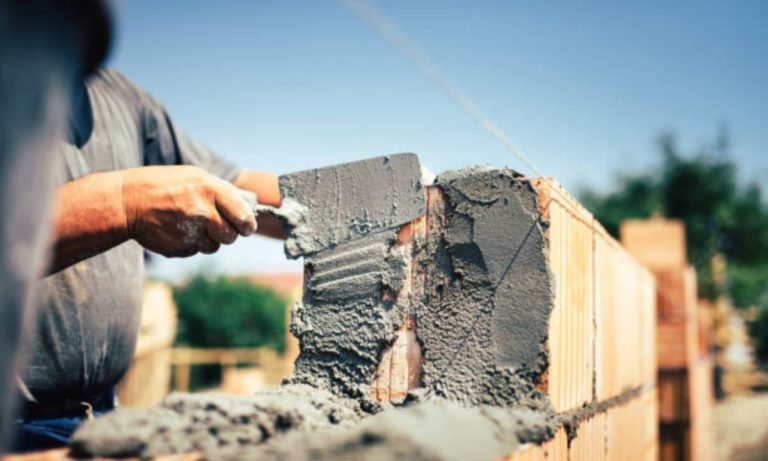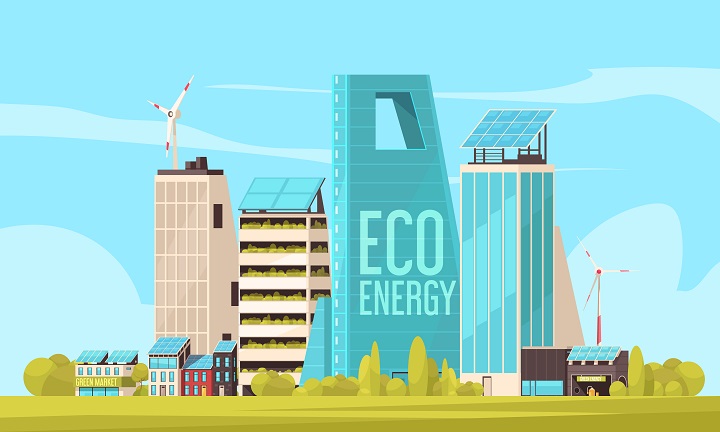Sustainable Construction Trends for a Greener Future
Green building practices have emerged as a beacon of hope for a sustainable and eco-friendly future. These practices, focused on minimizing environmental impacts at every stage of construction, are gaining popularity for their positive effects on the planet. In this blog, we will explore the multifaceted aspects of green construction, emphasizing its key principles and the environmental impact it carries.
Building a Sustainable Foundation: Green Construction Essentials
1. Energy Efficiency
Green buildings prioritize energy efficiency by incorporating advanced technologies like improved insulation, energy-efficient windows, and renewable energy sources such as solar panels and wind turbines. These measures significantly reduce energy consumption, contributing to a substantial decrease in greenhouse gas emissions and actively combating climate change.
2. Water Conservation
Water conservation is a fundamental pillar of green building practices. Innovative solutions like rainwater harvesting systems and greywater recycling are implemented to minimize water wastage. By adopting these measures, green buildings play a crucial role in conserving freshwater resources, especially in regions prone to water scarcity.
3. Waste Reduction and Recycling
Green buildings take a proactive stance on waste reduction and management. Through recycling and salvaging materials during construction and demolition, these structures divert waste from landfills, significantly mitigating their environmental impact. This approach aligns with the broader goal of fostering a more sustainable approach to waste disposal.
4. Sustainable Material Selection
The choice of materials in green construction is pivotal. Opting for sustainable, locally sourced, and low-environmental footprint materials is a cornerstone of eco-friendly building. By prioritizing recycled and renewable materials, such as reclaimed wood and bamboo flooring, green buildings contribute to the preservation of natural resources and minimize their ecological footprint.
5. Indoor Air Quality
Green buildings prioritize indoor air quality, recognizing its direct impact on occupant health. Through the use of non-toxic building materials, efficient air filtration systems, and low-VOC paints and finishes, these structures create a healthy indoor environment. This emphasis on air quality translates into improved productivity and overall well-being for building occupants.
6. Ecological Preservation
Beyond individual structures, green building practices extend their impact to the surrounding environment. Measures like green roofs, environmentally sensitive landscaping, and the reduction of light and noise pollution contribute to ecological preservation. These efforts enhance the local ecosystem, protecting natural habitats and supporting biodiversity.
Environmental Impact: A Summation of Green Construction Practices
The environmental impact of green building practices is profound. By focusing on energy efficiency, water conservation, waste reduction, sustainable material choices, indoor air quality, and ecological preservation, these practices are paving the way for a more sustainable future. Green buildings actively reduce greenhouse gas emissions, conserve water resources, minimize waste, and contribute to the preservation of natural habitats, creating a positive ripple effect on the environment.
Below is a summary of the key strategies and technologies for more effective green construction practices –
| Aspect | Key Strategies and Technologies |
| Energy Efficiency | – Improved insulation – Energy-efficient windows
– Integration of renewable energy sources (solar panels, wind turbines) – Significant reduction in energy consumption and greenhouse gas emissions |
| Water Conservation | – Rainwater harvesting systems – Greywater recycling
– Minimization of water wastage – Crucial role in conserving freshwater resources, especially in water-scarce regions |
| Waste Reduction and Recycling | – Proactive waste reduction and management – Recycling and salvaging during construction and demolition
– Diversion of waste from landfills, mitigating environmental impact |
| Sustainable Material Selection | – Opting for sustainable, locally sourced, and low environmental footprint materials– Prioritizing recycled and renewable materials (e.g., reclaimed wood, bamboo flooring)
– Contribution to the preservation of natural resources and minimized ecological footprint |
| Indoor Air Quality | – Use of non-toxic building materials – Efficient air filtration systems – Low-VOC paints and finishes – Creation of a healthy indoor environment, leading to improved productivity and overall well-being |
| Ecological Preservation | – Implementation of green roofs – Environmentally sensitive landscaping – Reduction of light and noise pollution – Contribution to ecological preservation, protecting natural habitats and supporting biodiversity |
Conclusion
In conclusion, green building practices represent a comprehensive and sustainable approach to construction and design. As the world grapples with environmental challenges, the adoption of green building techniques becomes imperative. These practices not only benefit the environment but also contribute to healthier, more comfortable, and more cost-effective buildings for occupants. It’s time to embrace the green revolution in construction and build a better, more sustainable tomorrow.
Frequently Asked Questions (FAQs)
1. What are the latest innovations in sustainable building materials?
Explore cutting-edge materials like bamboo, recycled steel, and engineered wood for eco-friendly construction.
2. How can construction companies reduce their carbon footprint?
Implement energy-efficient practices, utilize renewable energy sources, and prioritize sustainable construction methods to minimize environmental impact.
3. What role does technology play in green construction practices?
Embrace technologies such as Building Information Modeling (BIM), smart sensors, and green building apps to enhance efficiency and reduce resource consumption.
4. Are there notable examples of successful sustainable construction projects?
Discover inspiring projects like The Edge in Amsterdam and One Central Park in Sydney, showcasing how sustainable design can merge with architectural brilliance
5. How can individuals contribute to sustainable construction at a personal level?
Adopt energy-efficient appliances, support sustainable building certifications, and advocate for environmentally responsible construction practices in local communities.







